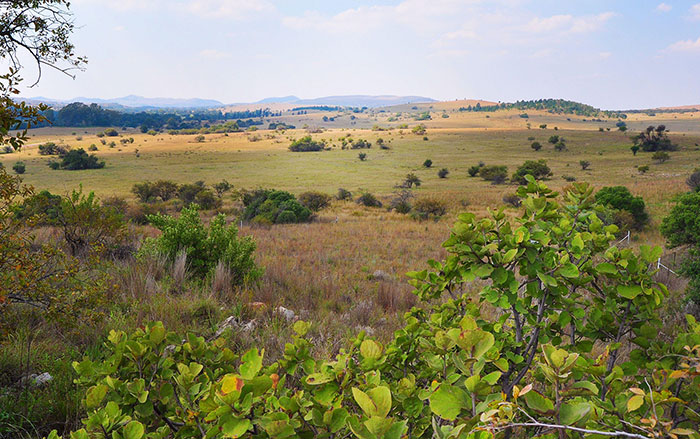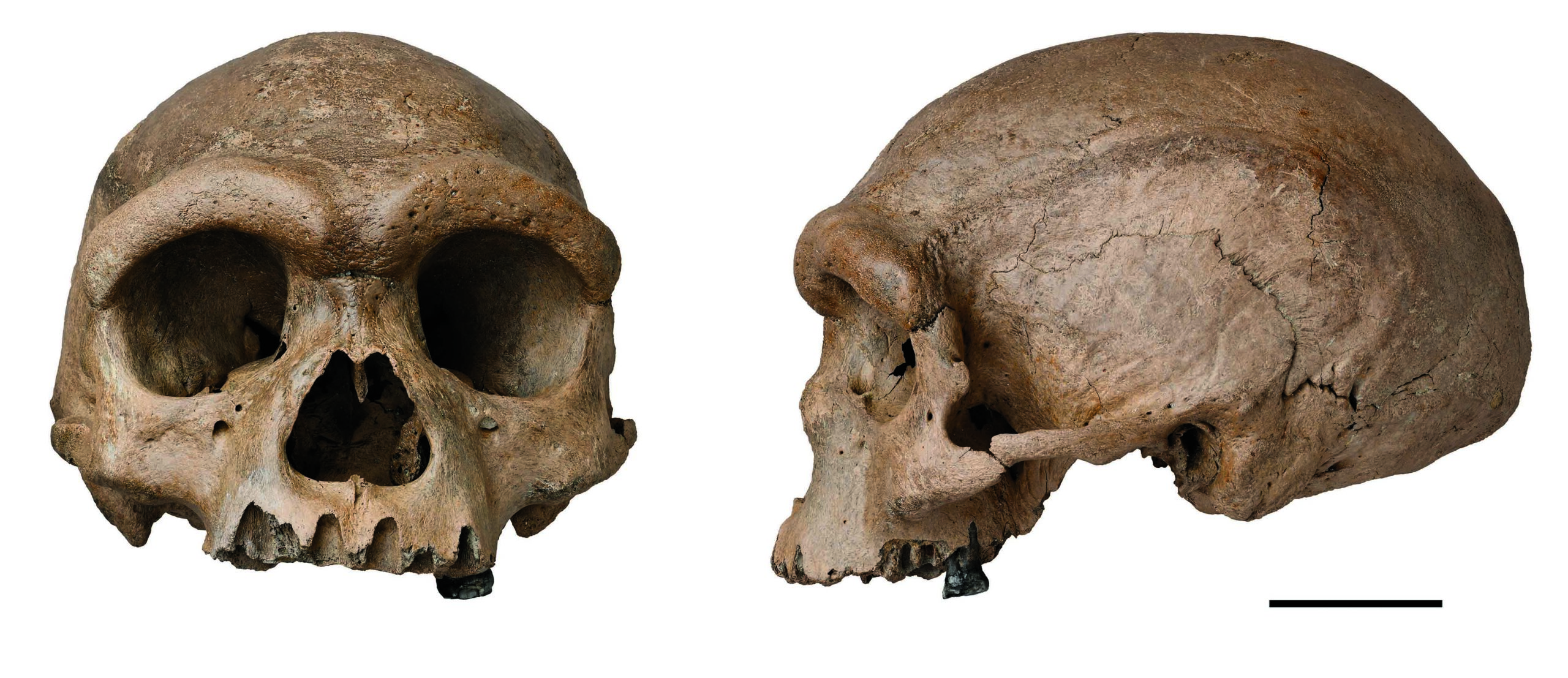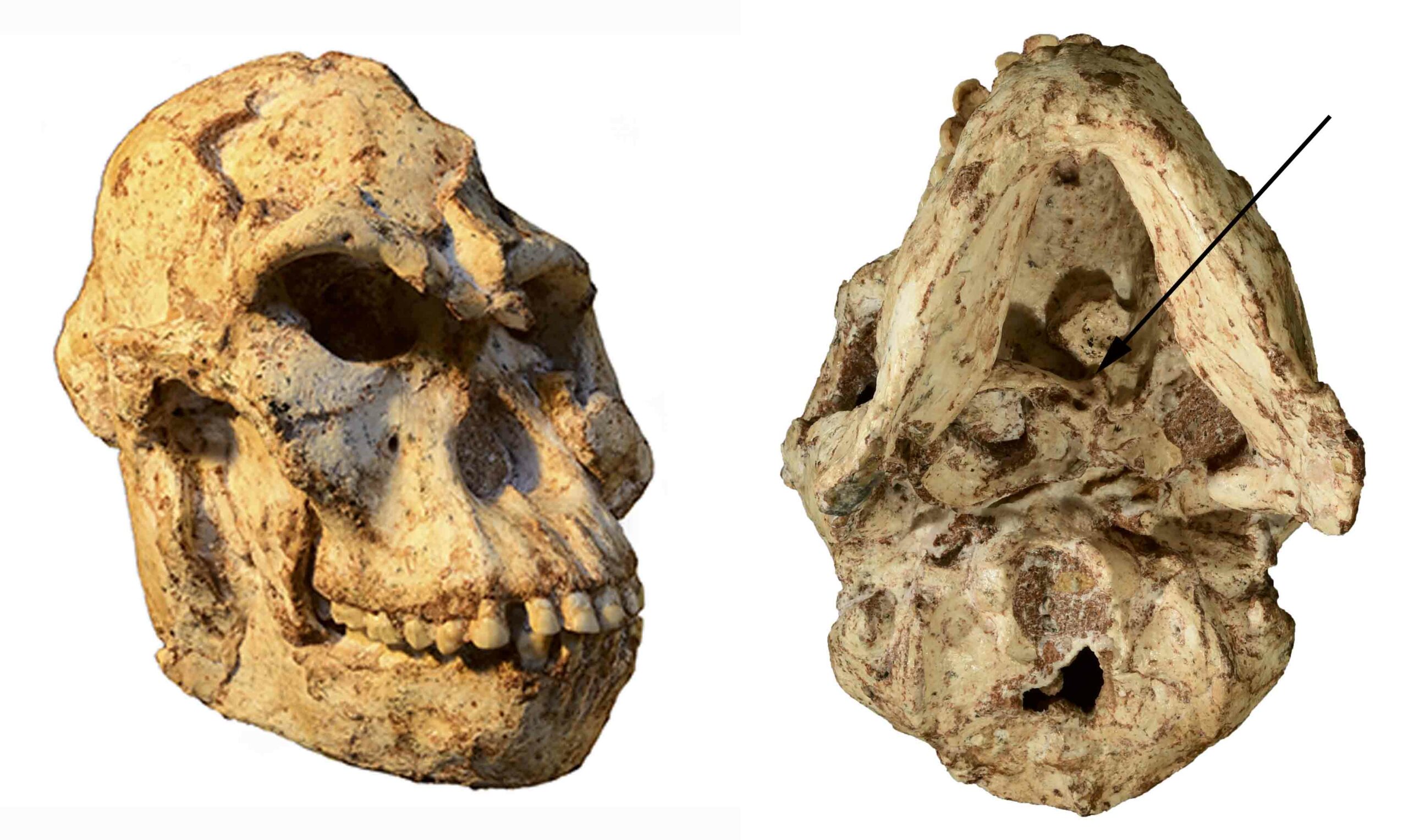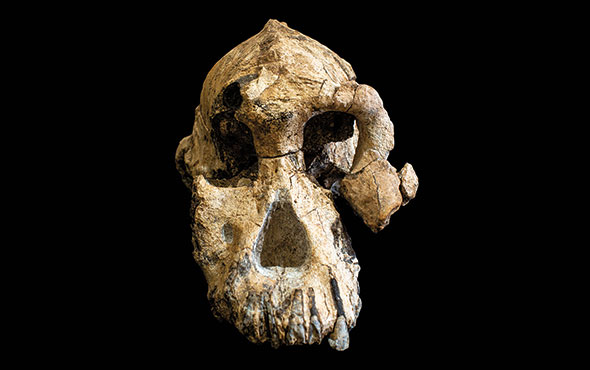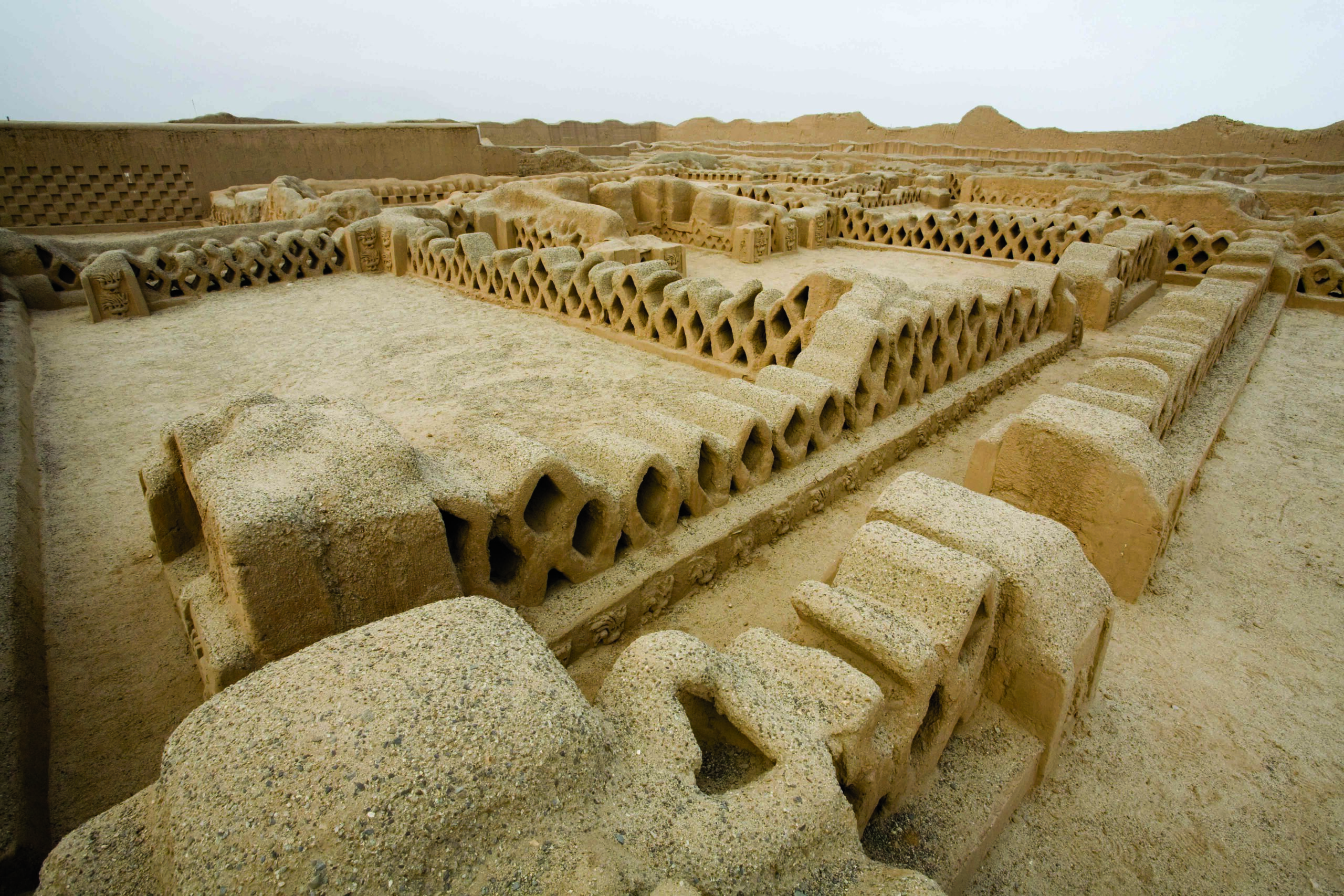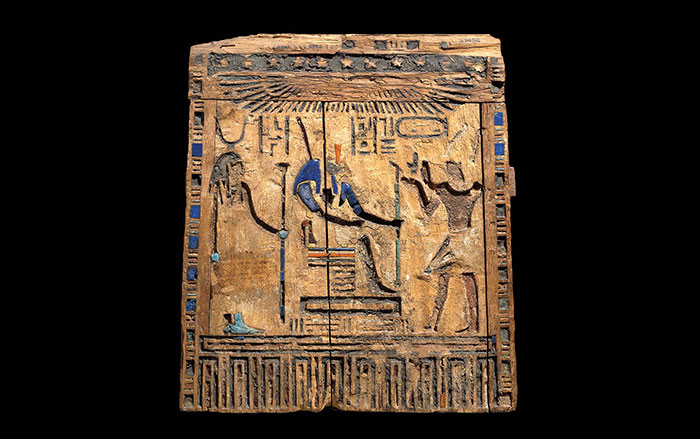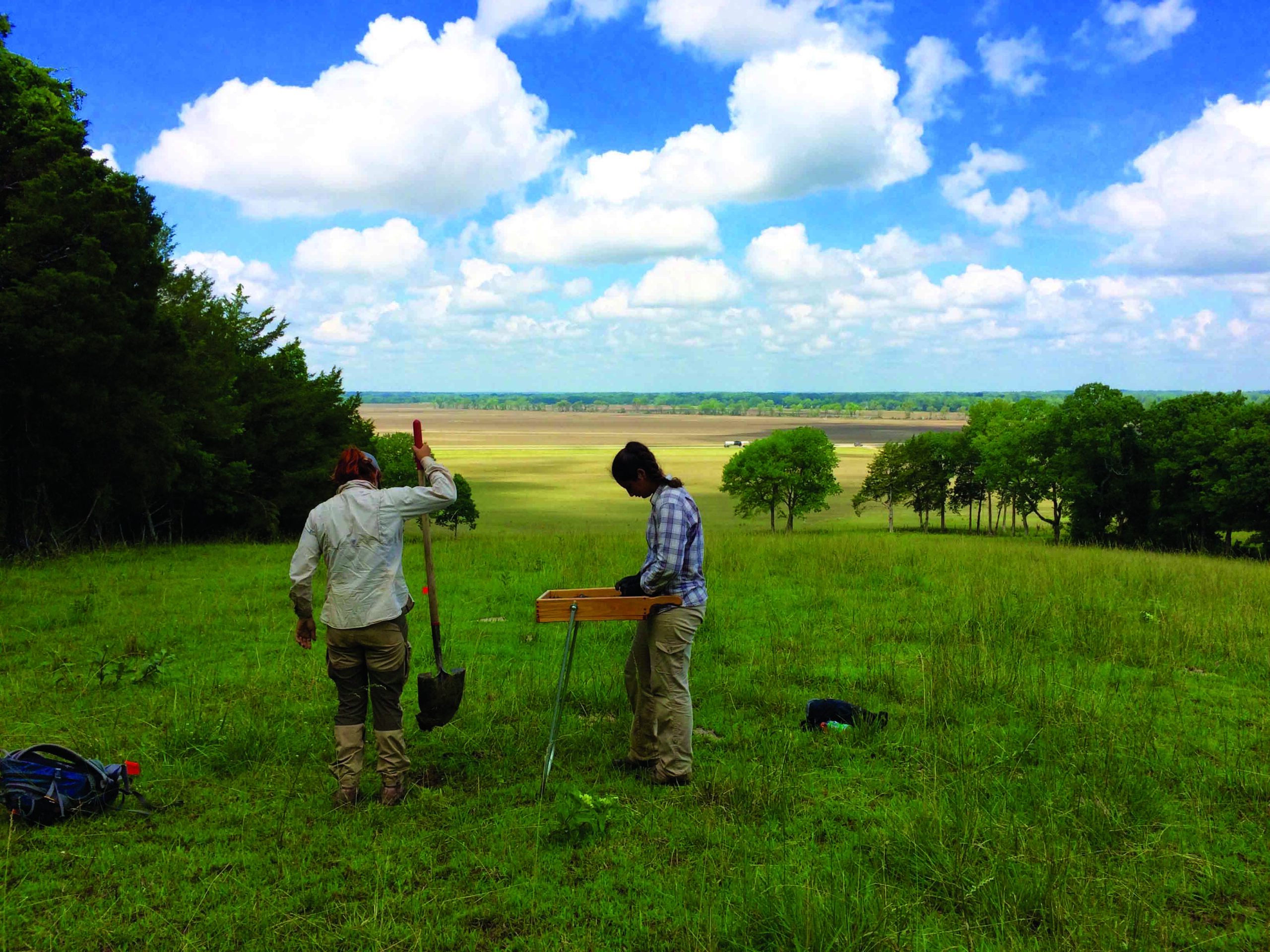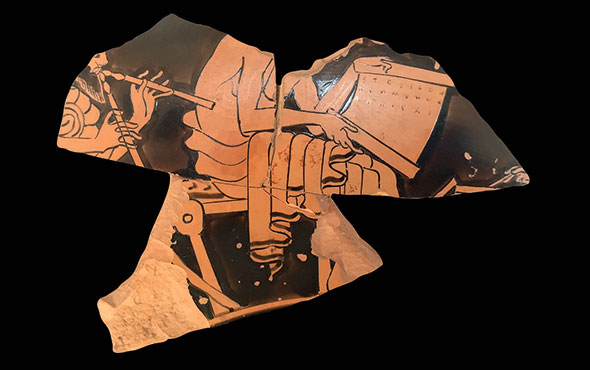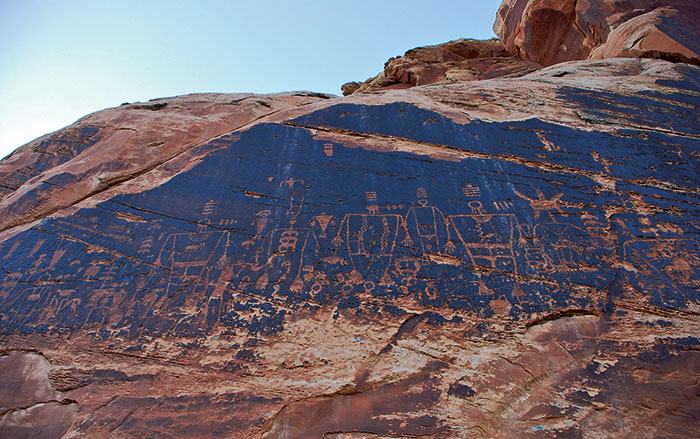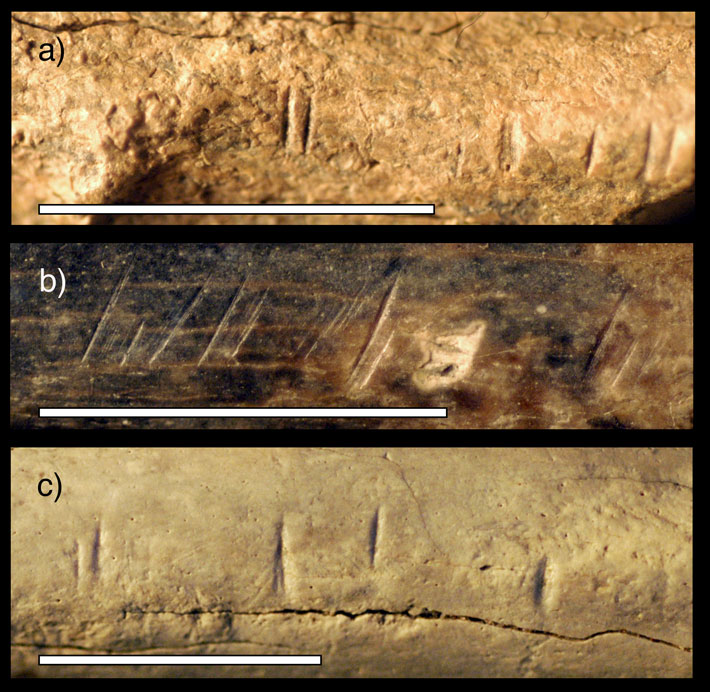
WASHINGTON, D.C.—According to a Science News report, a new study claims that marks on a 1.45 million-year-old hominin fossil were made by stone tools. Paleoanthropologist Briana Pobiner of the Smithsonian Institution spotted the marks while examining the fossilized leg bone, which may have belonged to Homo erectus, Homo habilis, or Paranthropus boisei, at Kenya’s Nairobi National Museum. The fossil was recovered from the surface of eroding ground in northern Kenya just above a layer of volcanic ash dated to between 1.6 and 1.5 million years ago. Pobiner sent molds of 11 incisions on the bone to paleoanthropologists Michael Pante of Colorado State University and Trevor Keevil of Purdue University, who created 3-D scans of the marks and compared them to hundreds of bone marks known to have been made with stone tools for cutting and pounding; the teeth of crocodiles, lions, and other predators; and trampling cows. Nine of the 11 marks in the study matched stone tool damage, Pobiner explained. “We assume the intention of whichever [hominin] inflicted the cut marks was simply to cut off meat from the bone to eat it, based on hunger,” she said. The other two marks looked like they may have been inflicted by a big cat, she concluded. Read the original scholarly article about this research in Scientific Reports. To read about evidence in the Philippines that suggests hominins butchered rhinoceros, go to "A Very Long Way to Eat Rhino."


